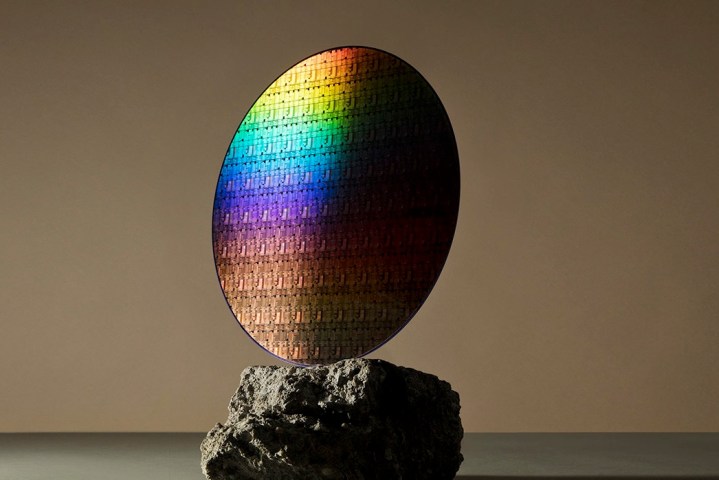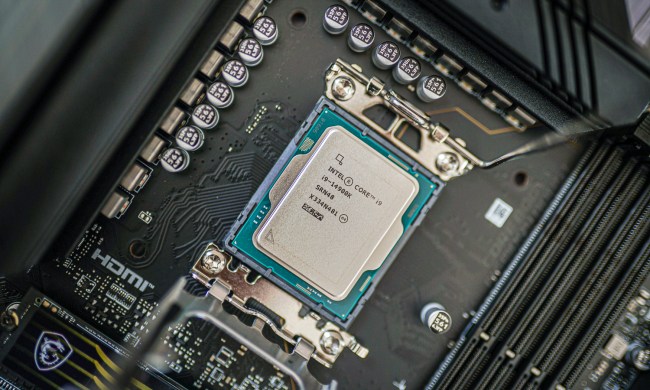IBM and Samsung revealed that they are working on a new joint project: The creation of a new semiconductor design.
The goal of the joint efforts of these two companies is to create a new standard of ultra-energy-efficient chips.

Samsung and IBM made the announcement on the first day of the International Electron Devices Meeting (IEDM) 2021 and followed it up with a press release. The companies report that they have achieved new breakthroughs in their research on manufacturing a brand-new semiconductor design.
The innovations that Samsung and IBM are working on involve changes in transistor positioning. In the new design, transistors are stacked vertically on the chip. Current processors and SoCs (system on a chip) have transistors that are positioned flatly on the surface of the silicon. This makes the electric current flow from side to side.
The new design is referred to as Vertical Transport Field Effect Transistors, or VTFET for short. Stacking the transistors in a perpendicular manner allows for the electric current to flow vertically.
Samsung and IBM discussed the benefits of the new design, highlighting perks both for computing and for the mobility sector. The change in the flow of the electric current should net considerable improvements in terms of energy efficiency. The two tech giants estimate that using VTFET will produce chips that are either twice as fast as their current FinFET counterparts or up to 85% less power-hungry.
Going down the power-saving route in the new chips will be helpful not just for regular day-to-day users, but also for those who utilize their systems to the fullest. Operations such as cryptomining and data encryption may, according to Samsung and IBM, consume much less energy. Aside from all other perks, this might help reduce the enormous carbon footprint left behind by cryptomining.

As our computers grow in power, they also require more and more power. Some of the best processors on the market, especially when paired with equally fantastic graphics cards, demand truly beastly power supplies in order to offer stable performance. It’s no wonder that most companies are looking into energy-saving options. Apple is one such example: The recent M1 chip, although powerful, places a lot of emphasis on energy efficiency. It makes sense for other manufacturers to follow in these footsteps.
Samsung and IBM reference Moore’s Law in their joint press release. Moore’s Law is the principle that states that the number of transistors in an IC chip should double once every two years, improving performance without increasing the size. However, as the two manufacturers point out, engineers are running short on space, so pursuing Moore’s Law is getting trickier. The new design might help extend Moore’s Law into further generations of chips.
Samsung and IBM aren’t the only companies in pursuit of Moore’s Law. Intel made a similar announcement during IEDM 2021 when it revealed new breakthroughs that would fuel the next few years of computing innovations.



